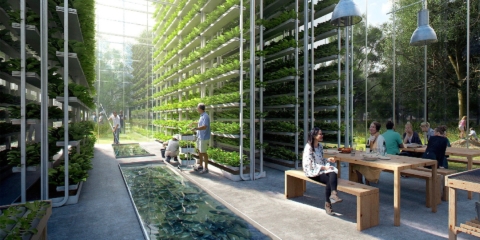Would you like to get notifications from Christian?
What Happened?
The technology that goes into bringing video game characters to life may be getting a lot better thanks to a unique Ziva RT tool, which is being used to create "virtual humans" like Emma a lifelike 3D character that can run in real-time in a game engine.
Read the article here: https://bit.ly/3rSBK5Q
Why is this important?
3D characters are already quite realistic, but rather than taking a long time to have each frame of animation processed by an incredibly powerful computer, Emma is able to run in real-time, with changes made to the animation reflected almost immediately. This is significant because it can take a small team several months to create and animate a medium-quality character for a video game. For the lifelike animations, we see in films and games, studios use motion capture for the performances, but end up with animation clips that can’t react dynamically. By comparison, Ziva RT has the potential to allow creators to take a 3D model, upload it for processing in the cloud, and get back a face puppet within an hour that can match the visual quality of motion-captured faces. Crucially, these characters can have their animations adjusted dynamically, making them ideally suited for games and virtual assistants. The goal of this technology is to make "realistic, lifelike character creation accessible and scalable for all artists regardless of skill level,"
Christian is a futurist and trendwatcher who speaks about the impact of exponential technologies like AI on organizations, people, and talents. Christian tailors his presentations to your audience's specific industries and needs.



Our world is changing at an exponential rate! A big tidal wave of digital transformation and disruption is coming at us fast. Many organizations see this wave as a threat and experience stress, but there are also organizations that just see this wave as an opportunity.

Imagine sitting with just 10-15 fellow executives at a premier location, gaining clarity on the impact of AI on your industry while enjoying an exquisite dining experience. These are not just meetings—they are transformative moments that will shape the future of your organization



In the future, 3D printing and generative design will allow for products to be designed in a more decentralized manner, and production will take place closer to the customer and fully on-demand. 3D printing technology will also allow for more customization and personalization of products.


The agricultural industry is ripe for disruption. Robotics, AI, and IoT are all technologies that have the potential to radically transform the way we grow food. In combination with vertical farming, these technologies could increase the efficiency and quality of agricultural products.

A human-centered society is one that puts people first and where technology is used to unite and empower people. It is a society that values biological life and dignity above all else. It is a society that recognizes the importance of human relationships and works to strengthen them. In a human-centered society, all members of the community are valued and treated with respect.


The future of healthcare is here. New technologies like AI, IoT, big data, and smart sensors make it possible to become the CEO of your own health. Imagine that your phone can listen to your voice and AI algorithms can detect small nuances in the tone of your voice that indicate specific diseases.
